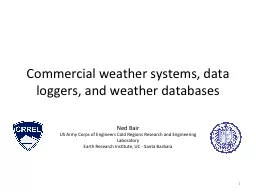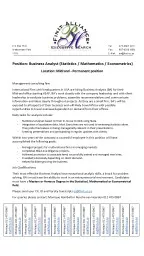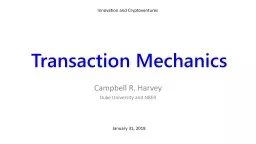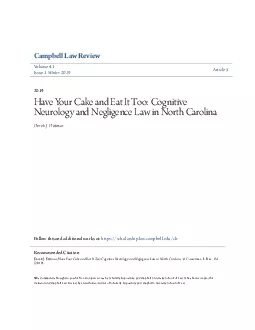PPT-Monique Brown Reginald Campbell
Author : limelighthyundai | Published Date : 2020-08-06
Michael Cosby JaDerekica Graham Richard Luker Warehouse Systems Analysis May 3 2011 CS470Systems Analysis Dr D Yessick Use Cases Use Case Narratives Class Diagrams
Presentation Embed Code
Download Presentation
Download Presentation The PPT/PDF document "Monique Brown Reginald Campbell" is the property of its rightful owner. Permission is granted to download and print the materials on this website for personal, non-commercial use only, and to display it on your personal computer provided you do not modify the materials and that you retain all copyright notices contained in the materials. By downloading content from our website, you accept the terms of this agreement.
Monique Brown Reginald Campbell: Transcript
Download Rules Of Document
"Monique Brown Reginald Campbell"The content belongs to its owner. You may download and print it for personal use, without modification, and keep all copyright notices. By downloading, you agree to these terms.
Related Documents














